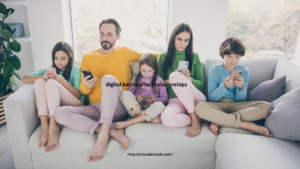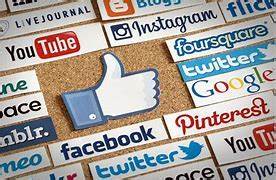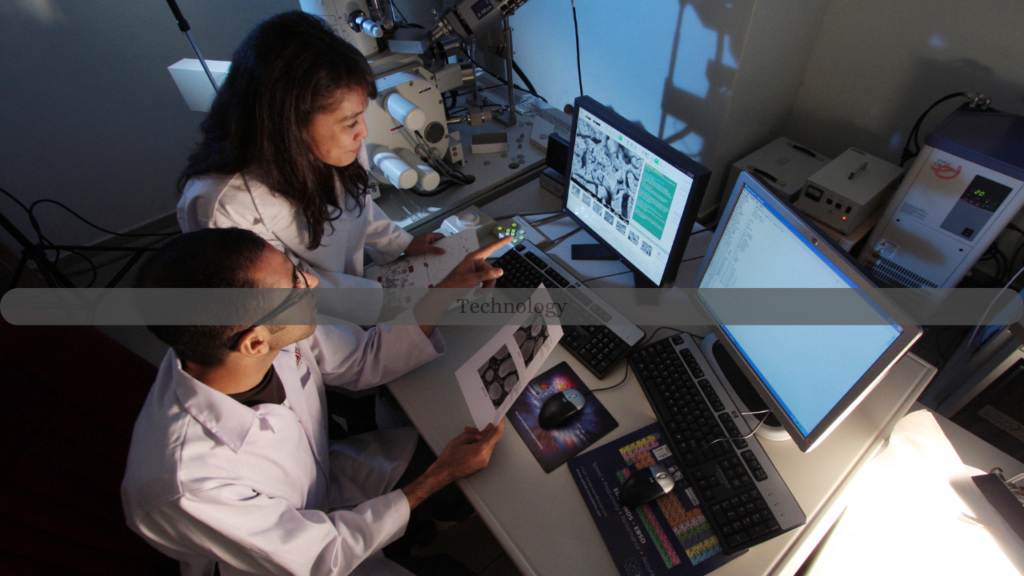
In an age where digital platforms dominate our daily lives, social media promises to bring people closer together. With just a few taps, we can follow the lives of friends, family, celebrities, and strangers from across the globe. We can share our thoughts, celebrate milestones, and stay updated on world events in real time. Yet, despite this unprecedented level of connectivity, a growing number of people report feeling lonelier than ever. This contradiction is what many now refer to as the “social media paradox”: being more connected, yet feeling more alone.
At its core, social media is designed to facilitate connection. Platforms like Instagram, Facebook, TikTok, and X (formerly Twitter) provide opportunities to engage with others through likes, comments, and shares. They allow users to build communities around shared interests and keep in touch with loved ones regardless of geographic distance. In theory, this should strengthen relationships and combat loneliness. But in practice, the opposite often occurs.
One reason is that social media encourages superficial interactions rather than deep, meaningful conversations. A “like” on a photo or a quick emoji response can give the illusion of engagement, but these exchanges rarely foster genuine emotional connection. Over time, these surface-level interactions can leave people craving deeper bonds, especially when real-life conversations and face-to-face time are replaced by endless scrolling and curated content.
Another key factor in this paradox is comparison. Social media platforms are built around presentation and perception. Users typically share the best parts of their lives—vacations, achievements, happy moments—rarely showing struggles, failures, or mundane realities. This curated highlight reel can create unrealistic standards and foster feelings of inadequacy. When someone is constantly exposed to the seemingly perfect lives of others, it’s easy to fall into the trap of comparison, which can fuel anxiety, self-doubt, and feelings of isolation.
Ironically, the time spent on social media can also crowd out real-world interactions. Studies have shown that the more time people spend online, the less time they tend to spend engaging in face-to-face conversations. This shift can weaken personal relationships and decrease opportunities for emotional support. Instead of nurturing close friendships, users may find themselves with hundreds of digital “friends” but few meaningful connections.
Additionally, social media can create a false sense of being left out. “Fear of missing out” (FOMO) is a common byproduct of seeing others participate in activities we weren’t a part of. This can deepen feelings of loneliness and exclusion, even if what’s being posted doesn’t reflect reality. What looks like a joyful gathering on someone’s feed might have been a fleeting moment captured between awkward silences or personal struggles.
To break free from this paradox, it’s essential to approach social media mindfully. Taking regular breaks from platforms, curating your feed to follow uplifting and authentic content, and prioritizing in-person interactions can make a significant difference. Building strong, offline relationships and practicing digital self-care help restore the balance between online presence and emotional wellbeing.
Ultimately, social media is neither entirely good nor bad—it’s how we use it that defines its impact. Connection should be about more than likes and shares; it should be about empathy, authenticity, and being truly present in each other’s lives.







